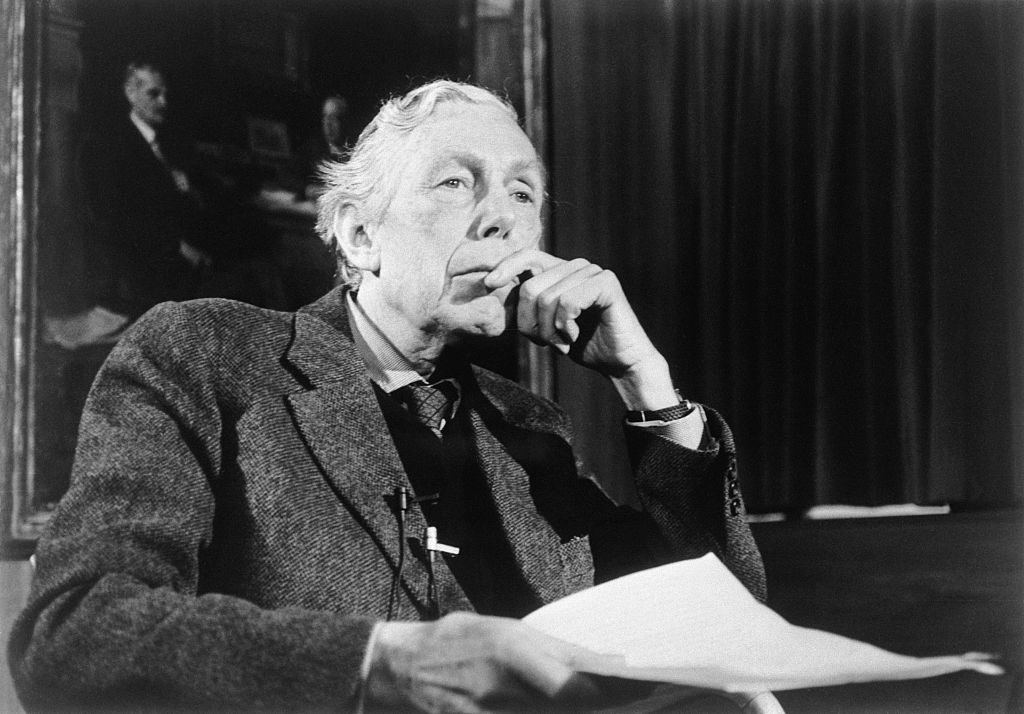With inflation stubbornly sitting above the target set by the European Central Bank (ECB), there seems to be no end in sight for the cost-of-living crisis. As of August 2024 the ECB has reported inflation at 2.2 per cent. There is a reason for the recent soaring cost-of-living expenses. They are a direct and predictable consequence of the ECB’s money supply policies.
Managing inflation is the ECB’s job, but over the past couple of years it has failed extravagantly. The ECB needs to stop artificially propping up the economy by printing money, preventing necessary corrections that wash out unprofitable and unwanted businesses. Natural market adjustments will come sooner or later. The greater the delay, the deeper the scar will run across society when the time comes.
The rate at which prices are rocketing upwards cannot be explained away by the greed of businessmen or the aggression of the Kremlin. These might be contributing factors at the margins, but for the ECB to insinuate that Russia is a main driver of inflation is scapegoating. Price inflation is caused by the money supply inflating. The institution with the power to create new money is the ECB.
Tasked with maintaining price stability, the ECB is supposed to hit an inflation rate of two per cent. Ironically, to achieve price stability, the ECB devalues the euro by two per cent every year. That means to inflate the amount of euros in circulation by two per cent means that the value of each unit of euro is diluted by two per cent. Nonetheless, the ECB has performed miserably at its only job. Since 2020, the inflation rate has been closer to 5.3 per cent each year.
With the pandemic and economic shutdown of 2020, the ECB decided to pump the financial system full of new liquidity with an asset purchase programme (APP) called the Pandemic Emergency Purchase Programme (PEPP) and a long-term refinancing operation (LTRO) called the Pandemic Emergency Longer-Term Refinancing Operation (PELTRO).
APPs and LTROs are essentially lending programmes headed by the ECB for member states’ central and commercial banks. The PEPP was allocated €1.85 trillion. The pandemic liquidity programmes were operational alongside the usual liquidity programmes of the APP and the targeted long-term refinancing operation (TLTRO III). Overall the APP’s and LTRO’s constituted €2.45 trillion and €1.6 trillion in liquidity, respectively.
Banks, therefore, received an ocean of liquidity. Of this €4 trillion-plus in liquidity, roughly €3 trillion poured into the economy to purchase debt issued by governments, corporations, and other security issuers. Gross government debt levels reached a record high of 97.2 per cent of GDP for eurozone economies in 2020. With governments and other entities spending a tidal wave of new money, the economy was drowning in freshly printed euros, devaluing the unit of the currency as more euros chased after the same amount of goods. Inflation was inevitable.
Between December 2020 and August 2024, the overall index of consumer goods rose by 20 per cent. That is, consumer goods and services on average became 20 per cent more expensive over those three and a half years. That includes everyday necessities like food, housing, health, and education.
Inflation is manufactured by the ECB through money printing. It is no coincidence the amount of money in circulation increased by 23 per cent, from €12.415 trillion in 2020 to €15.298 trillion in 2024, and the price of consumer goods have risen by 20 per cent over the same period. Inflation is inflating money supply.
The benefactors of inflation are the governments, corporations, and other organisations which are the primary recipients of the ECB’s loans. These entities spend euros in markets which have not yet accounted for inflation and therefore, can purchase assets which have a dampened price relative to the money supply.
The Cantillon Effect describes how the effects of inflation are unevenly distributed creating winners and losers. As the creation of new euros doesn’t magically create new value, the recipients of the ECB’s loans win at the expense of the individuals who hold their savings in the euro. As inflation wreaks havoc and the price of goods skyrockets, the savings accounts of euro earners can buy less and less with each passing day. The value of the individual’s euro savings is syphoned away to fill the pockets of the people on the ECB’s nice list.
The 26 central bankers who sit on the Governing Council of the ECB systematically confiscate the value produced by euro holders to achieve their own ends. The chaos and value destruction caused by the ECB’s operations is incontestable. Since its inception in 1999, the euro has depreciated in value against gold by 85.5 per cent. Relative to the supply of euros, €1 in 1999 is the equivalent to €3.85 in 2024. The monopolised issuance of money by a public authority is a trainwreck in slow motion.
Market interventions by the ECB act as redistributive wealth schemes by redirecting the value earned by euro holders into the bags of businesses well connected with the ECB. Since 2020, the ECB acted like a pyromaniac lighting euro savings on fire. The expansionary monetary policies are continuing, August inflation number indicates. The ECB must revise its game plan and put a stop to a ballooning money supply. Otherwise, it risks stoking the flames of social unrest and political turmoil by perpetuating the cost-of-living crisis.
Patrick Branagan is an Irish writer on philosophy, politics, and economics, currently based in Prague. He is also a fellow with Young Voices Europe.





Zelensky drags America into war, or Zelensky loses